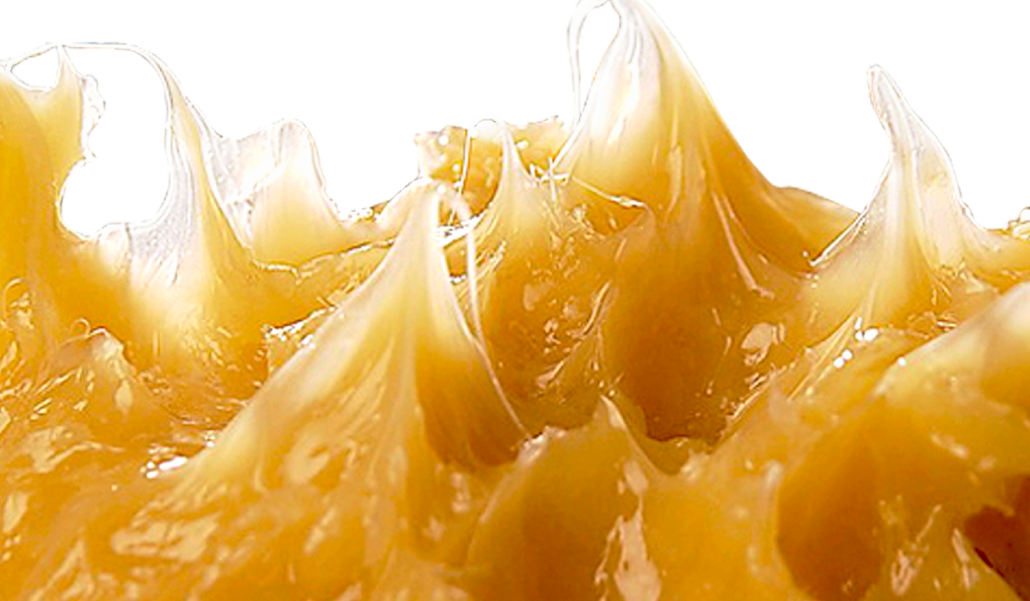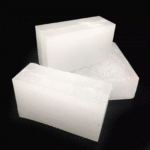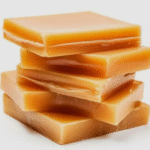Residue Wax Explained: Uses, Benefits, and Industrial Applications
Residue Wax, also known as Foots oil or Slack Wax, is a type of wax that is produced as a byproduct during the refining of petroleum. It is considered a lower-grade wax due to its impurities and higher oil content compared to fully refined paraffin wax.
How is Residue Wax Produced?
Residue wax is obtained through the sweating process:
-
Paraffin wax is gently heated.
-
Oil and lighter hydrocarbons “sweat” out of the wax mass.
-
The leftover material, with higher oil content, becomes Slack Wax.
It typically contains 10–40% oil, depending on the intended industrial use.
Slack Wax is obtained from the residual fraction of the crude oil refining process. After the more valuable components such as gasoline, diesel, and lubricating oils are extracted, the remaining residue is subjected to further processing to obtain Slack Wax.
One of the primary characteristics of residue wax is its higher oil content. This oil content gives Slack Wax a softer and more pliable texture compared to fully refined paraffin wax. It also results in a lower melting point, typically ranging from 45 to 60 degrees Celsius (113 to 140 degrees Fahrenheit).
Where is Residue Wax Used?
Slack Wax plays a vital role in various industries, including:
-
Rubber Manufacturing – as a lubricant and mold release agent
-
Candle Production – for low-cost and emergency candles
-
Match Industry – for coating match splints and enhancing ignition
-
Polishes and Surface Treatments – for shoes, furniture, and metals
-
Waterproofing – in textiles, cartons, and coatings
Due to its lower quality, residue wax is not commonly used in applications that require high purity and specific characteristics. However, it still finds use in certain industries and applications where its properties are suitable.
Residue wax is often utilized in the production of various wax-based products, such as wax blends, polishes, and coatings. Its soft and pliable nature makes it easier to mix with other materials and adjust the desired consistency and properties of the final product.
In the rubber industry, Slack Wax is used as a processing aid and release agent. It helps prevent rubber compounds from sticking to molds and processing equipment during the manufacturing process.
Additionally, residue wax can be used as a component in the production of certain types of candles, especially those that prioritize aesthetics over performance. Its lower melting point and softer texture make it easier to manipulate and create unique candle designs.
It’s important to note that Slack Wax may contain impurities and residual solvents, which can affect its suitability for certain applications.
Therefore, it is crucial to consider the specific requirements and standards of the intended application when using Slack Wax.
Types of Residue Wax
-
Light Slack Wax: Higher wax content, better for candles and matches
-
Heavy Slack Wax: Higher oil content, ideal for rubber and industrial coatings
Choosing the right type depends on the application.
Why is Residue Wax Important?
-
Cost-effective compared to refined wax
-
Reduces production waste by utilizing by-products
-
Versatile for many industrial purposes
-
Readily available in bulk quantities
Slack Wax helps manufacturers lower costs without sacrificing functionality where premium-quality wax isn’t required.
Frequently Asked Questions About Residue Wax
Is residue wax different from paraffin wax?
Yes, Slack Wax has a higher oil content and lower purity compared to fully refined paraffin wax, making it more suitable for industrial uses rather than cosmetic or food-grade applications.
Can residue wax be refined further?
Yes, it can undergo additional refining to remove more oil and impurities, producing semi-refined or fully refined wax.
What industries use residue wax the most?
Slack Wax is commonly used in rubber processing, matchstick manufacturing, candle production, polishes, and waterproof coatings.
Summary: The Role of Residue Wax in Industry
Slack Wax is a by-product, it holds significant value across multiple industries. From boosting rubber performance to enabling affordable candle production, Slack Wax proves that even secondary materials can have primary importance.
Whether you’re looking for a lubricant, waterproofer, or cost-effective wax blend, residue wax is a practical solution that industries trust.
Residue wax is a lower-grade wax obtained as a byproduct of the petroleum refining process. It has a higher oil content, softer texture, and lower melting point compared to fully refined paraffin wax. While it may not be suitable for applications that require high purity, Slack Wax finds use in the production of wax blends, polishes, coatings, and as a processing aid in the rubber industry.
Careful consideration should be given to its impurities and characteristics when selecting Slack Wax for specific applications.
Learn everything about residue wax, its production, properties, and industrial uses in rubber, candles, and matches. Discover why Slack Wax is essential for manufacturing.
-
Residue Wax Definition
-
Crude Wax Explained
-
Sweated Wax Overview
-
Residual Wax Meaning
-
Wax Byproduct Information
Contact Pars Universal Bitumen-Ltd
For more information or to place an order, please contact PUB-Ltd sales team @ Contact Us.
Our Expert will be in touch with you to guide you about the Use of Residue Wax, that can be produced according to your project requirements. Please Get in touch with us for discussing your project details. PUB-Ltd As Your Slack Wax Supplier





